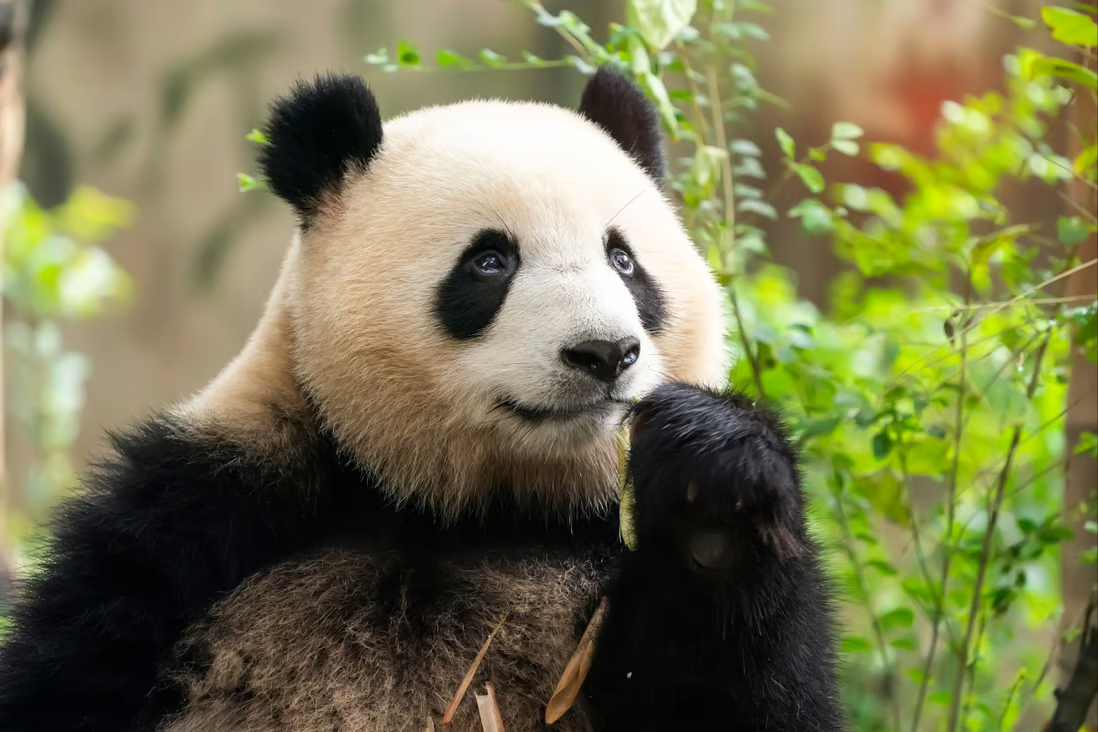Chinese researchers have discovered what they claim to be the first full skeleton of a gigantic panda in an emperor's tomb from the more than 2,000-year-old Han era.
The discovery is the first complete panda skeleton found in an imperial tomb. Photo: Shutterstock
According to legend, the huge panda was sacrificed so that Emperor Wen, who ruled from 180 to 157 BCE, may travel to the afterlife with it.
The animal's head was pointing in the direction of the tomb as its body lay in a satellite hole.
The tomb is located in Shaanxi province's contemporary city of Xian, which was once the capital of China.
An whole panda skeleton was discovered in an emperor's tomb for the first time, according to Hu Songmei, an archaeologist at the Shaanxi Academy of Archaeology.
She claimed that although a huge panda's corpse had been missing since 1975, archaeologists had discovered its skull in the tomb of Emperor Wen's mother Consort Bo.
The animal was found in the tomb of the Han Emperor Wen. Photo: Wikipedia
In the royal tombs of Shaanxi, archaeologists have discovered a wide range of wild animals, which they think were a prestige symbol for the Han emperors.
The Asian tapir, which went extinct in China around 1,000 years ago and is currently recognized as an endangered species by the International Union for Conservation of Nature, was also discovered in the tomb, according to Hu.
The emperor was also interred with tigers and yaks, and the tomb of his mother included the remains of a red-crowned crane, a peacock, a snub-nosed monkey, and a tortoise.
Hu claimed that only the emperor, empress, and the emperor's mother's graves had the uncommon, wild animals, and that some of them might have been gifts from southern China.
The skeleton was found in a satellite burial chamber. Photo: Shaanxi TV
She said that it was possible that there were more pandas in Shaanxi during the Han era, implying that the province's environment was warmer and wetter than it is now and that bamboo may have grown there.
Hu added that to determine what the animals ate and their origins, archaeologists will analyze the creatures' DNA.
A new, extinct species of gibbon was previously discovered in Lady Xia's tomb, the grandmother of China's first emperor Qin Shihuang.









